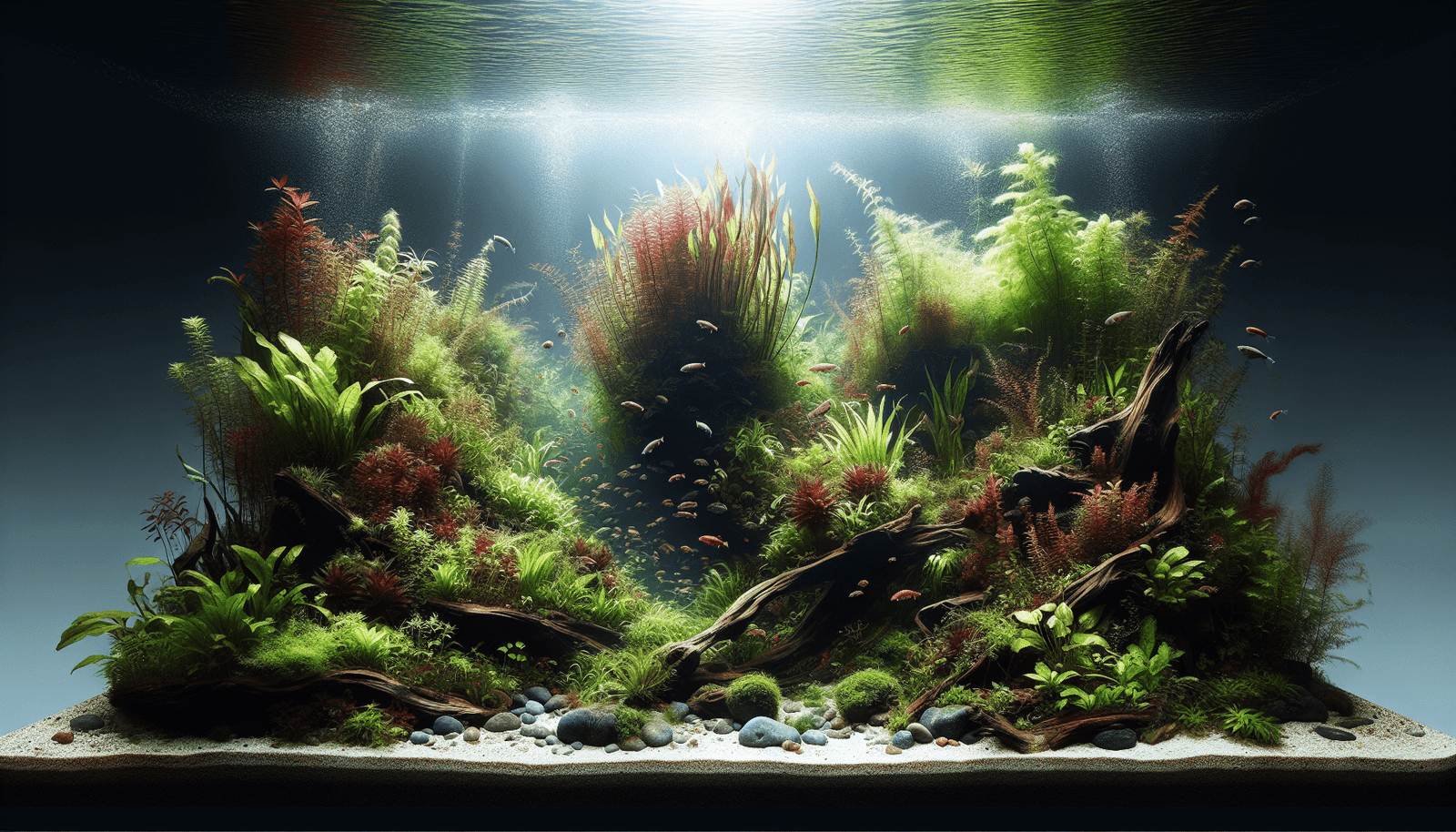Imagine turning your fish tank into a beautiful underwater garden, filled with colorful plants and tiny fish swimming around. This is what Dutch Style Aquascaping is all about! In “Mastering Dutch Style Aquascaping: An Artistic Approach to Aquariums,” you will learn how to create these stunning underwater scenes. This style has a long history, starting in the Netherlands, and today, it’s loved by many aquarium hobbyists around the world. You’ll find out about the latest trends, how people arrange the plants in special ways, and why it’s like painting, but with living things. Whether you’re just starting or want to improve your skills, this guide will help you become a master aquascaper! Have you ever looked at an aquarium and felt like you were gazing into a beautiful underwater garden? That’s what Dutch style aquascaping is all about! It’s like creating a piece of art, but with plants and fish. Let’s dive into the world of Dutch style aquascaping and learn how you can master this artistic approach to aquariums.
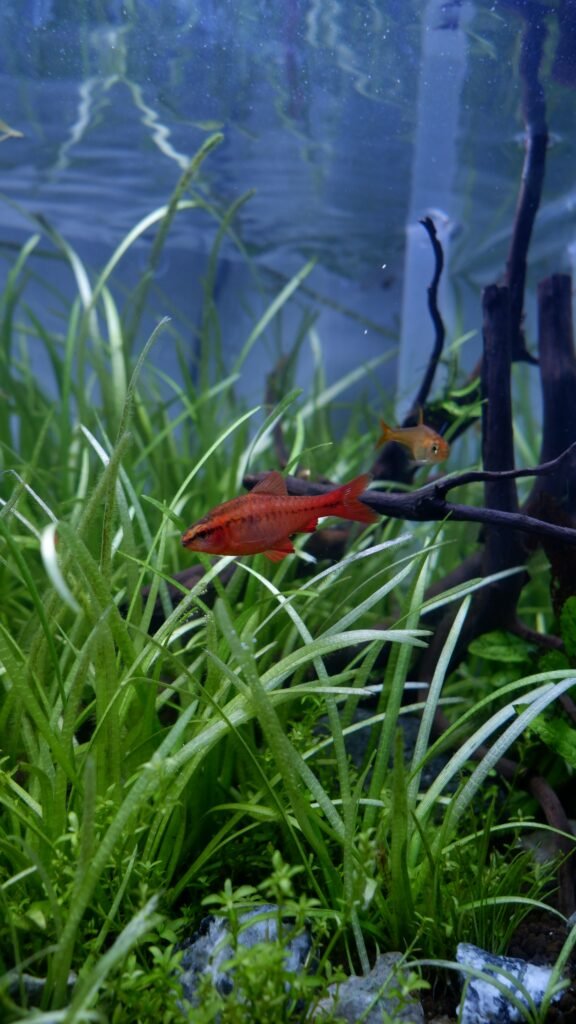
What is Dutch Style Aquascaping?
Dutch style aquascaping is a way of designing aquariums that focuses on plants. Imagine a garden, but under the water! This style is all about arranging different types of aquatic plants in a way that looks colorful and organized. Unlike other aquarium styles that might focus more on rocks or fish, Dutch style aquascaping is truly plant-centered.
Why is Dutch Style Aquascaping Important?
Why should you care about Dutch style aquascaping? For starters, it’s an awesome way to express your creativity. You get to choose the plants, arrange them, and create a beautiful, living piece of artwork. Besides that, a well-maintained Dutch style aquarium can bring a lot of joy and a sense of accomplishment.
Understanding the Basics
Before we dive into the details, let’s understand some basic concepts. Think of your aquarium as a blank canvas. You’ll be filling this canvas with beautiful colors and textures using aquatic plants. The key is to create a balanced and harmonious look.
Key Terms
Here are some important terms you should know:
- Foreground Plants: These are the short plants that go at the front of the aquarium.
- Midground Plants: These are medium-height plants that sit in the middle.
- Background Plants: These are the tall plants that go at the back.
- Hardscape: This includes rocks and wood that are usually used to add structure.
- Substrate: This is the gravel or soil at the bottom of the aquarium where plants root.
A Brief History of Dutch Style Aquascaping
Dutch style aquascaping has been around since the 1930s! It started in the Netherlands, which is why it’s called “Dutch” style. People in the Netherlands loved gardening and wanted to bring that love into their homes in a unique way. So, they started creating these beautiful underwater gardens.
Evolution Over Time
Initially, Dutch style aquascaping was more about growing lots of different plants. However, over time, it became more about how to arrange these plants to make the aquarium look as beautiful as possible.
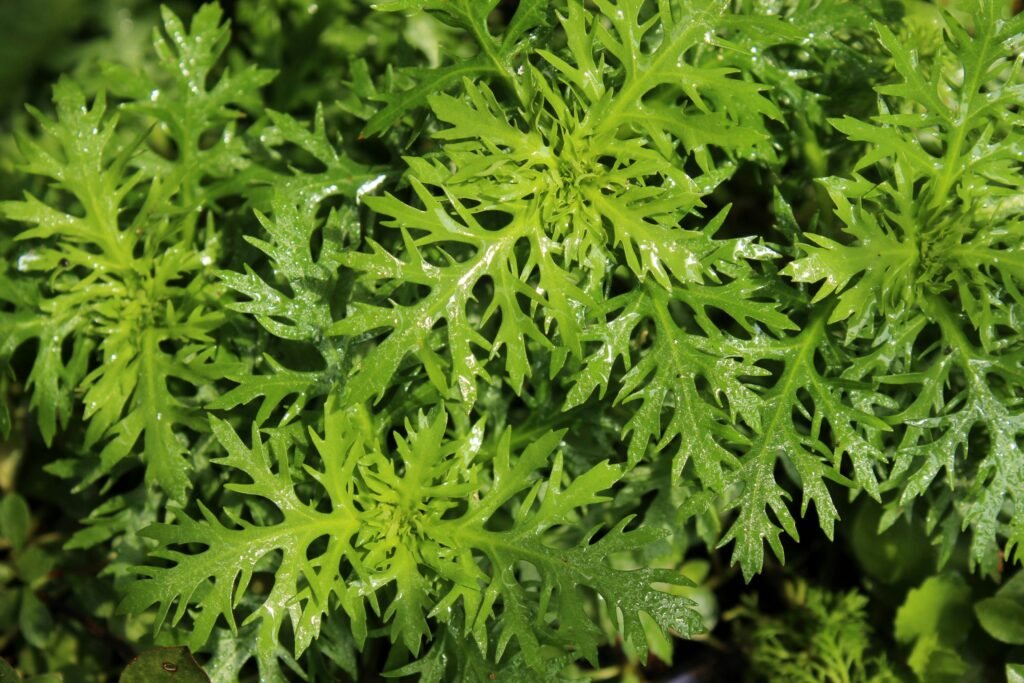
Current Trends in Dutch Style Aquascaping
Right now, Dutch style aquascaping is super popular. People from all over the world are creating amazing underwater gardens and sharing them online. There are even competitions where aquascapers can show off their skills!
Innovations
Today’s aquascapers are using new technologies like LED lighting and advanced filtration systems to make their aquariums look even more stunning. They also use a variety of different plants to create a more dynamic look.
How to Start Your Own Dutch Style Aquarium
Ready to get started on your own Dutch style aquarium? Let’s break it down into simple steps.
Step 1: Planning
First, you need a plan. Think about what kind of plants you want and where you will put them. A good tip is to sketch your layout on paper.
Step 2: Choosing Plants
Choose a mix of foreground, midground, and background plants. You want a variety of colors and shapes to make your aquarium look interesting.
Examples of Plants
| Type | Examples |
|---|---|
| Foreground | Dwarf Baby Tears, Glossostigma |
| Midground | Java Fern, Cryptocoryne |
| Background | Amazon Sword, Vallisneria |
Step 3: Setting Up the Aquarium
- Add the Substrate: First, add a layer of substrate. This is where your plants will root.
- Planting: Start planting from the background and move to the foreground.
- Adding Water: Slowly fill the aquarium with water.
Step 4: Maintenance
Keeping your Dutch style aquarium beautiful takes some work. You’ll need to trim the plants, clean the aquarium, and make sure the water quality is good.
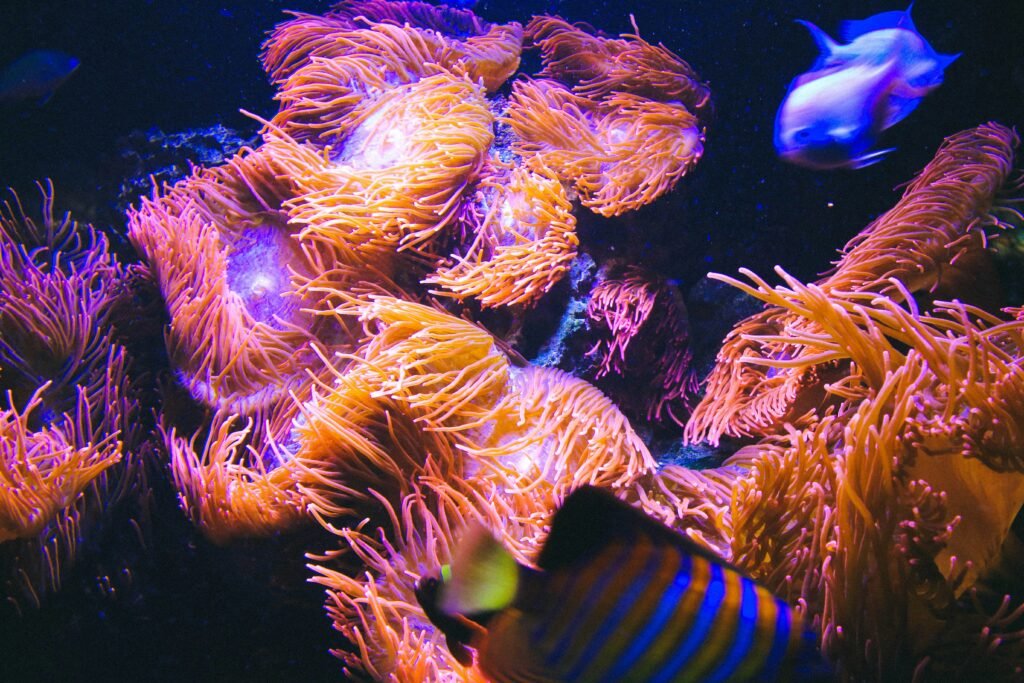
Troubleshooting Common Problems
Even with the best care, you might run into some problems. Here are some common issues and how to fix them:
Algae Growth
If you see green stuff growing on your plants and glass, that’s algae. It’s natural, but too much can be a problem. You can reduce algae by controlling the amount of light and nutrients in your aquarium.
Yellowing Leaves
If the leaves on your plants start turning yellow, they might not be getting enough nutrients. You can add liquid fertilizers to the water to help them grow better.
Learning from Examples
Looking at examples can help you learn faster. Here are two great examples of Dutch style aquariums:
Example 1: “The Garden of Colors”
This aquarium uses a mix of red, green, and purple plants to create a colorful display. The plants are arranged in layers, which makes the aquarium look deep and full. This example supports the idea that using a variety of plants can make your aquarium look more interesting.
Example 2: “The Green Oasis”
In this example, the aquascaper has used mostly green plants. The focus is on different textures and shapes to create interest. This example shows that you don’t always need a lot of color to make a beautiful Dutch style aquarium.
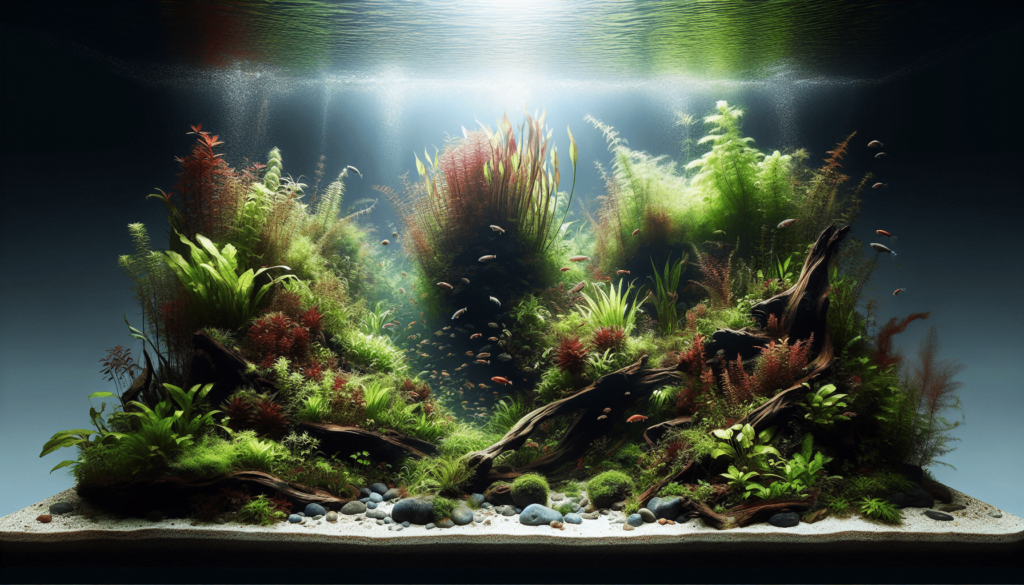
Comparing Different Aquascaping Styles
Dutch style isn’t the only way to design an aquarium. Let’s compare it with two other popular styles: Nature Aquarium and Iwagumi.
Dutch Style vs. Nature Aquarium
- Focus: Dutch style focuses on plants, while Nature Aquarium tries to replicate natural landscapes.
- Variety: Dutch style uses a wide variety of plants, whereas Nature Aquarium uses fewer plants but more natural elements like rocks and wood.
Dutch Style vs. Iwagumi
- Focus: Iwagumi focuses on rocks as the main feature, with plants playing a supporting role.
- Simplicity: Iwagumi is more minimalist, using fewer types of plants and simple layouts compared to the rich and complex arrangements in Dutch style.
The Impact of Dutch Style Aquascaping
Dutch style aquascaping can have a big impact. It can make your home look more beautiful and provide a relaxing hobby for you. It can also increase your knowledge about plants and water ecosystems.
Benefits
- Improves mental well-being: Watching fish swim through beautiful plants can be very calming.
- Educational: It teaches you about plants and their needs.
- Creative Outlet: It gives you a way to express your creativity.
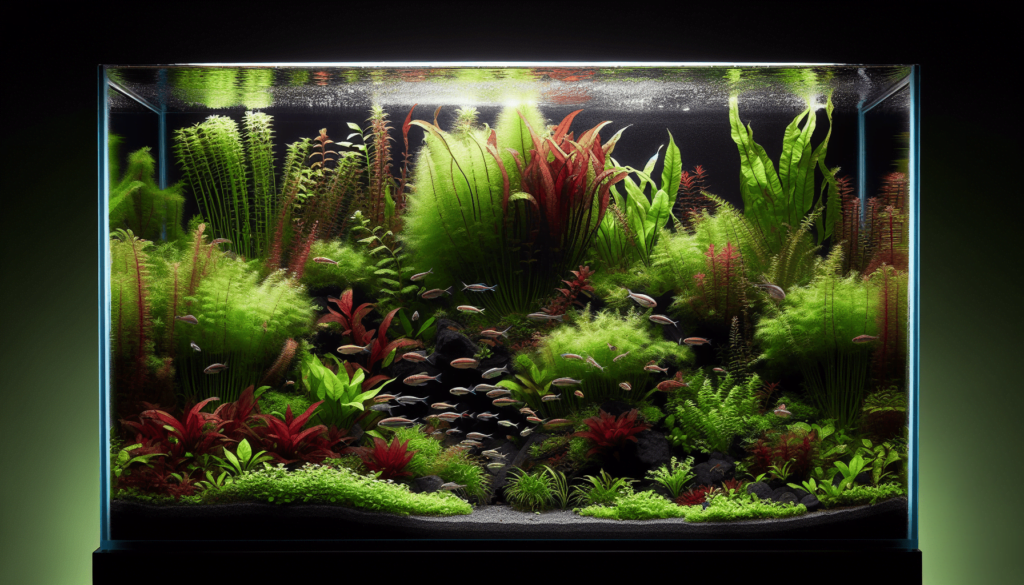
Future of Dutch Style Aquascaping
What does the future hold for Dutch style aquascaping? Here are some predictions:
More Advanced Technologies
We can expect more advanced lighting and filtration systems that make it easier to keep plants healthy.
More Plant Varieties
With ongoing research, we might find new types of aquatic plants that can add even more variety and interest to our aquariums.
Broader Implications
Dutch style aquascaping can play a role in promoting sustainability. By learning how to care for aquatic plants, people can develop a better understanding of the importance of plants in our ecosystem.
Conclusion
Dutch style aquascaping is a beautiful and rewarding hobby. It allows you to create stunning underwater gardens that can bring joy and relaxation. By following some simple steps and learning from examples, you can master this artistic approach to aquariums.
Final Thought
Isn’t it amazing how you can create such beauty with just plants and water? Dive into the world of Dutch style aquascaping and discover the artist within you!
Engagement
Have any questions or want to share your own Dutch style aquarium? Leave a comment below! And don’t forget to share this article with others who might be interested in creating their own underwater paradise.
Credible Sources
By using these tips and resources, you’ll be well on your way to mastering Dutch style aquascaping. Happy aquascaping!
